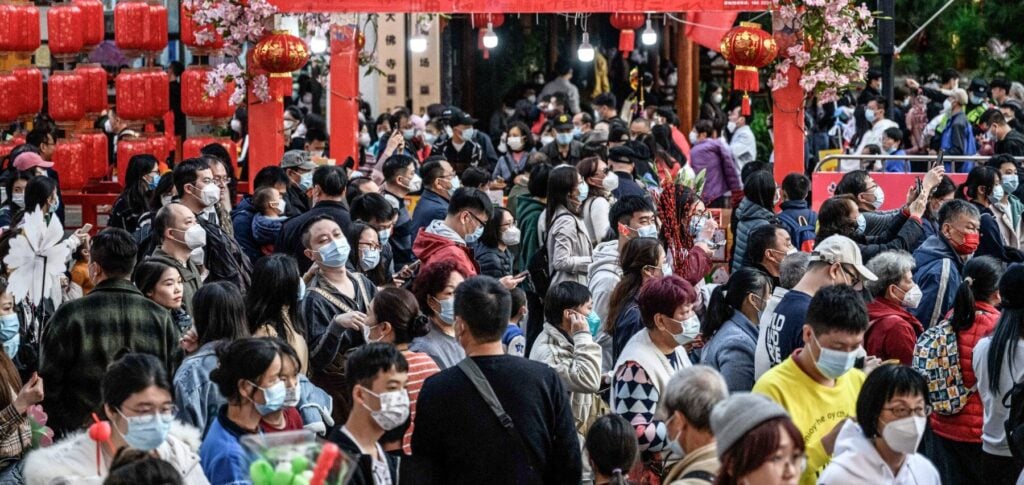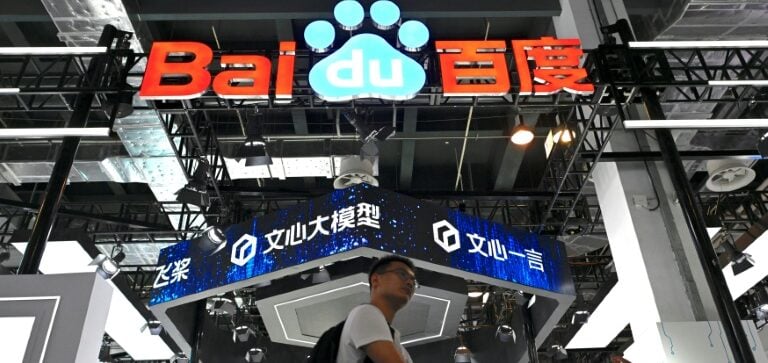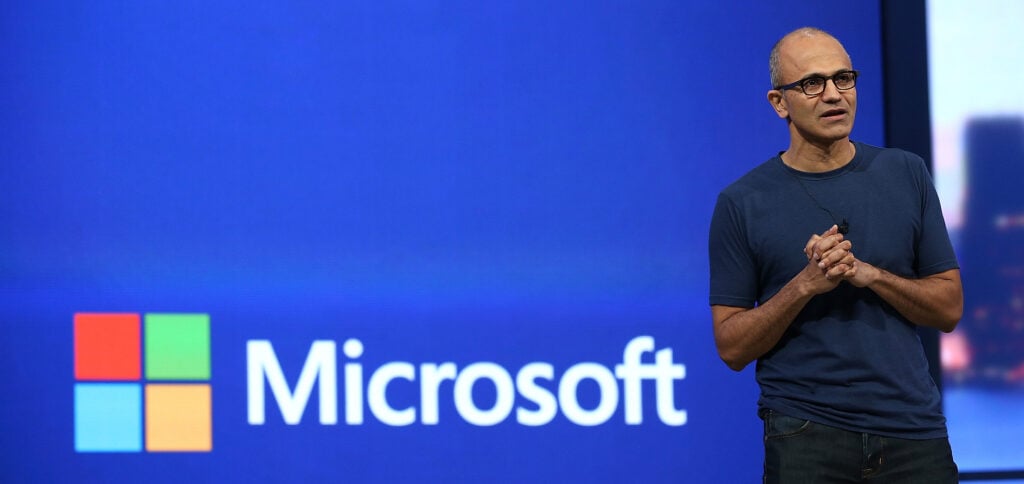The interest rate for one-year loans to financial institutions (MLF) went from 2,75% to 2,65%, announced the BPC – the previous rate reduction had taken place in August 2022.
ADVERTISING
The MLF trend generally guides the benchmark credit rate for households, businesses and mortgage loans, and so the rate is closely watched by markets.
A reduction in the MLF reduces the financial costs of commercial banks and encourages them to grant more loans, which would potentially increase local consumption.
The BPC also announced the injection of 237 billion yuan (33 billion dollars, R$159 billion) into the economy through the MLF “to maintain reasonable and sufficient liquidity in the banking system”.
ADVERTISING
The announcements came at a complicated time for the Chinese economy, with the publication of disappointing indicators in recent days.
The BPC announced this week an unexpected cut in an interest rate of curto term, which, according to analysts, reflects a growing concern among Chinese authorities about the economic situation.
In a new sign of trouble, the unemployment rate among 16- to 24-year-olds in China rose in May to 20,8%, a record high, according to the National Bureau of Statistics.
ADVERTISING
Fragile recovery
For the urban population as a whole, the unemployment rate in May was 5,2%, the same result as in April.
In recent weeks, China has announced a series of indicators that show that the recovery after the end of anti-covid restrictions, announced at the end of 2022, is slowing down and in some sectors has not even come to fruition.
Inflation was practically zero in May, at 0,2% at an annual rate, a sign of fragile demand and a complicated business scenario, and exports, the country's historic growth engine, fell 7,5% at an annual rate after two months of expansion.
ADVERTISING
The National Statistics Office also announced this Thursday that industrial production grew 3,5% in May, after an increase of 5,6% in April.
Retail sales, the main indicator of household consumption, increased 12,7% compared to the same period of the previous year, a significant drop compared to 18,4% in the previous month.
The authorities project GDP growth of “around 2023%” for 5, which would be one of the worst results in recent decades for the Asian giant.
ADVERTISING
Reduced domestic demand, near-zero inflation and global uncertainty affect the recovery of the world's second largest economy after the lifting of anti-covid restrictions.
Economist and government adviser Liu Yuanchun this week called on regulatory agencies to reduce borrowing costs to ease the tax burden on small and medium-sized businesses.



